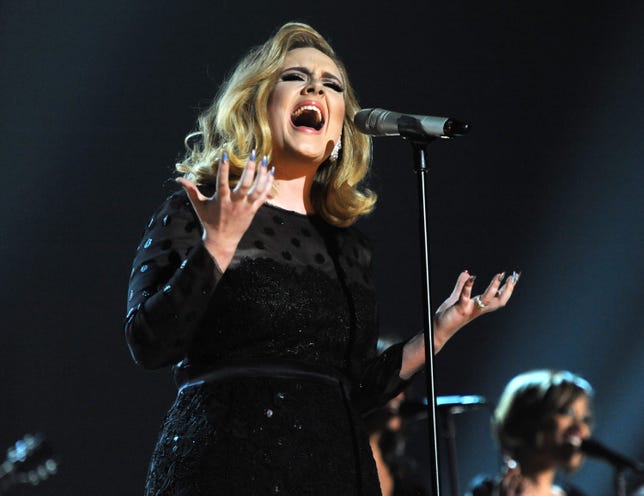
WireImage via Getty
Apple would be wise to start letting independent musicians share center stage.
Merlin, a group that represents the digital rights for more than 20,000 independent labels, said paid subscribers stream 35 percent more of its music than those on free tiers, based on an analysis of more than 9 billion streams of the agency’s repertoire.
Apple’s negotiations with independent labels were an afterthought for its new subscription service — it focused more of its early efforts on the major labels. But Merlin’s finding means people who pay $10 a month for subscriptions — the kind of customers these companies want most — listen to more indie music than the folks who aren’t willing to open their wallet.
It provides a glimpse into the fragmented world of independent music as streaming upends long-standing norms. As streaming has grown, more artists on independent labels can reach listeners more easily — and grow more popular. Unless you pay close attention to the business side of music, you wouldn’t know that some of the stars you listen to most — Taylor Swift, Adele and Macklemore, for instance — record on independent labels. Yet the priorities of digital music distributors like Apple, which sought licenses from indies for its forthcoming Apple Music service only after courting the major labels and unveiling the service publicly, may be out of sync with your preferences.
The data from Merlin also comes with some notable caveats: The report represents a substantial portion of the independent music market — but not all of it. And while it indicates trends at indie labels, these are not independent findings: It’s in the best interest of Merlin, a group that advocates on the behalf of the indies, to report data flattering to its point of view.
It also comes days before Apple Music launches. Available Tuesday, it will be the first subscription-based offering from the company whose iTunes store and service helped redefine digital music a decade ago. A public broadside from Swift on Sunday took Apple to task over a royalty loophole about paying artists during its free-trial period — and brought a quick about-face from the company. Soon after, Apple reportedly reached an agreement with Merlin this week to get access to the group’s catalog of digital music. (Swift isn’t part of Merlin; her label Big Machine has a distribution arrangement with Universal, the biggest of the three major labels, instead.)
Apple wasn’t available to comment on the deal.
Merlin’s finding that subscribers who pay stream more independent music makes sense, given the profile of a paid member, said Charles Caldas, Merlin chief executive. “The people who are actively paying for music are more sophisticated,” he said. “The highest-value consumers are drawn to indie music much more than they would be in the old market.”
Merlin’s independent label members also crossed a tipping point in the latest survey: For the first time, a majority said income from digital services is now their main source of revenue.
“The story as told by the major labels as to the decline of the business…doesn’t seem to be as marked across our membership,” Caldas said.
The survey found that total digital revenues increased for nearly 75 percent of respondents. One out of three said streaming and subscription services are their primary source of digital revenue, as opposed to downloads like the 99-cent tracks in the iTunes Store. That’s up from one in five last year.
Overall, Merlin revenues increased 43 percent from a year earlier. Two-thirds of members reported overall business growth last year.
Merlin’s data are based on an analysis of its internal data and a survey of its members, which together make up about 10 percent of the global digital music market. Generally, the major labels — Universal, Warner and Sony — combined represent around two-thirds to three-quarters of the industry.




